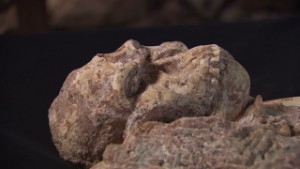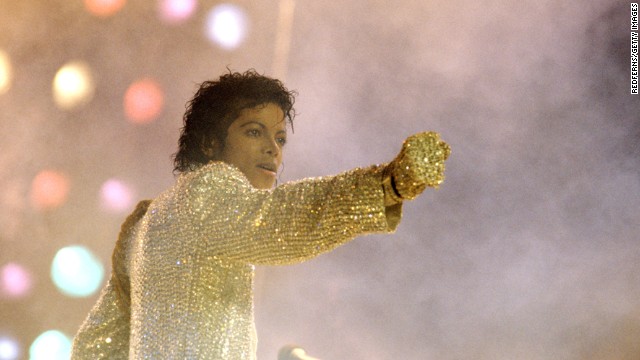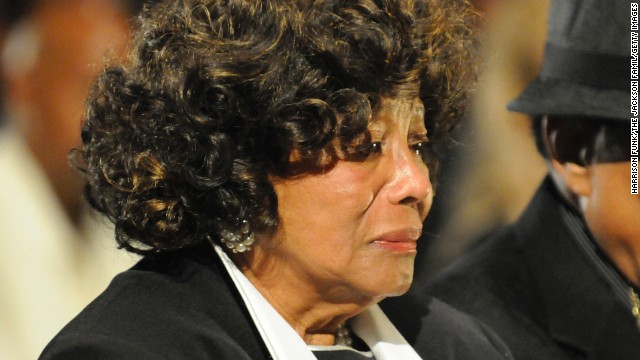It’s
difficult to narrow down the most beautiful places of the world, isn’t
it? After all, we’re all at least a little bit biased towards the places
where we live and the experience of what we’ve seen. It’s unlikely that
any two people would choose exactly the same places as the most
beautiful places in the world that surrounds them. But the world is
filled with so many beautiful places, and there’s room for all of them.
In this post we examine just a small selection of some of the world’s
most beautiful places. We hope to give you a broader perspective on
what beauty is to different people in different parts of the world. And
we hope to perhaps inspire you to explore more of the world that
surrounds you. That’s one of the perks of living in such a connected
world these days. We’re able to see and experience new things, even from
home. Hopefully you’ll find something here that you like.
Before we get to our five new additions to our list of the most
beautiful places in the world, here’s a small taste of what you’ll find
in our original list (which you can find toward the end of this
article).
 Shangrila Resort, Pakistan — Credit: norbakshi world (via Flickr)
Shangrila Resort, Pakistan — Credit: norbakshi world (via Flickr)
And now, here are five new additions to our list of some of the
world’s most beautiful places, all suggested by our readers in the
comments.
Mt. Everest, Bordering Tibet and Nepal
Mount Everest is the world’s highest mountain, with a peak that
reaches more than 8800 meters above sea level. It is a part of the
Himalayas, and is located on the border between Nepal and Tibet. More
than 3000 people have climbed to the summit of Mt.Everest, and over 200
people are known to have died on the mountain.
 Credit: Joe Hastings (via Flickr)
Credit: Joe Hastings (via Flickr)
 Credit: Gunther Hagleitner (via Flickr)
Credit: Gunther Hagleitner (via Flickr)
 Credit: watchsmart (via Flickr)
Credit: watchsmart (via Flickr)
Lake Louise, Alberta, Canada
Lake Louise is a Canadian lake in the province of Alberta. It was
formed by a glacier and is known for its blue-green color that results
from mineral deposits that enter the lake from melting glaciers above.
 Credit: Samantha Marx (via Flickr)
Credit: Samantha Marx (via Flickr)
 Credit: Marilyn Peddle (via Flickr)
Credit: Marilyn Peddle (via Flickr)
 Credit: Harvey Barrison (via Flickr)
Credit: Harvey Barrison (via Flickr)
Glacier Bay National Park and Preserve, Alaska, United States
Glacier Bay National Park and Preserve is a protected area in the
state of Alaska in the United States. It includes the bay itself as well
as mountains and glaciers surrounding the bay. According to Wikipedia,
it is “the largest protected water area park in the world.” Glacier Bay
is a popular cruise ship destination for the area.
 Credit: Kimberly Vardeman (via Flickr)
Credit: Kimberly Vardeman (via Flickr)
 Credit: Kimberly Vardeman (via Flickr)
Credit: Kimberly Vardeman (via Flickr)
 Credit: Glenn (via Flickr)
Credit: Glenn (via Flickr)
Sentani Lake, Indonesia
Sentani Lake is another beautiful location suggested by our readers.
Lake Sentani is located near Jayapura, which is the capital of the Papua
Province in Indonesia. The volcanic lake is surrounded by beautiful and
lush greenery and contains several small islands.
 Credit: Kiko Turteliny (via Flickr)
Credit: Kiko Turteliny (via Flickr)
 Credit: Edwin Yepese (via Flickr)
Credit: Edwin Yepese (via Flickr)
 Credit: Edwin Yepese (via Flickr)
Credit: Edwin Yepese (via Flickr)
Killarney, Ireland
Killarney is a beautiful town in County Kerry, Ireland. In addition
to the lovely historic buildings in town, you’ll find amazing natural
views in the Killarney National Park. From the historic churches and
castles to Killarney Lake and the rolling green hills Ireland is famous
for, you’re bound to find something here that strikes your fancy.
 Credit: mozzercork (via Flickr)
Credit: mozzercork (via Flickr)
 Credit: Meg Lessard (via Flickr)
Credit: Meg Lessard (via Flickr)
 Credit: Jack Newton (via Flickr)
Update: Please check part 2 of the The Most Beautiful Places of the World
series to see even more amazing and beautiful places. And don’t forget
to share your ideas for the most beautiful places in the world with us
in our comments. But for now, let’s get back to our original article
with our original top ten picks for some of the most beautiful places in
the world.
Credit: Jack Newton (via Flickr)
Update: Please check part 2 of the The Most Beautiful Places of the World
series to see even more amazing and beautiful places. And don’t forget
to share your ideas for the most beautiful places in the world with us
in our comments. But for now, let’s get back to our original article
with our original top ten picks for some of the most beautiful places in
the world.
We live in a world blessed with sights that are beautiful beyond
words. Every human being probably dreams of visiting at least one of
those places in their lifetime. Living in modern cities with high-rise
buildings, we tend to miss out on what Mother Nature has to offer as
well as some of the most incredible man-made structures built throughout
the course of history.
Look at the places below, and you will see beauty that fills the eye
and warms the heart. It wouldn’t be appropriate or humanly possible to
just pick a few places from the huge collection of amazing sights around
the world and call them the “best.”
They say that “beauty is in the eye of the beholder,” and there are
perhaps other places that have touched your heart. For this reason, we
do not claim the places included in our list are the
best, but rather
among the vast collection of the most beautiful places of the world.
Skardu Valley – Pakistan
Skardu Valley is part of the Baltistan. Baltistan is spread over an
area of 26,000 square kilometres – just right below the jagged and
glaciated ramparts of the Karakoram. Once part of Laddakh, it was known
as Tibet-i-Khurd – Little Tibet. Archaeological exploration has proven
that it was encompassed by the Silk Trade Route.
Shangrila – Pakistan
Shangrila Resort Skardu, also known as “Heaven on Earth”, is nestled
amongst some of the world’s highest peaks. It encircles the heart shaped
“Kachura Lake” and is surrounded by fruit laden orchards and flower
filled gardens.
Lake Saiful Muluk – Pakistan
Photo by
Fahd Murtaza
Lake Saiful Muluk is a lake located at the northern end of the Kaghan
Valley near Naran. A fairy tale called Saiful Muluk, written by the
famous sufi poet Mian Muhammad Bakhsh, is associated with the lake. It
is the story of prince of Persia who fell in love with a fairy princess
at the lake. The impact of the lake beauty is of such extent that people
believe that fairies come down to lake in full moon.
The Grand Canyon, United States
A steep gorge by the Colorado River, Arizona in the United States,
the Grand Canyon has some truly enjoyable scenery. It is 277 miles in
length, 4 to 18 miles in width, and about a mile deep. Scientists
believe that the canyon was created by the Colorado River over a six
million year period.


Native Americans built settlements in the caves within the canyon
before the emigration of Europeans. It was also considered to be a site
of pilgrimage by the Pueblo people. The first recorded visit to the
Grand Canyon by the Europeans was in 1869. Although it is not the
deepest canyon in the world, it is known for its extremely large size
and beautifully intricate landscape. The Grand Canyon National Park is
said to be one of the first national parks in the United States and it
attracts more than five million visitors a year. Weather conditions in
the Grand Canyon vary greatly between seasons as well as varying at
different elevations. While winter snow is experienced by the higher
forested rims, the inner gorge has a desert temperature because of the
low elevation.
The Great Barrier Reef, Australia
One of the natural wonders of the world, the Great Barrier Reef off
the east coast of Australia is the world’s largest coral reef. It has
the distinction of being placed in the World Heritage as well as the
National Heritage lists.
With more than 600 islands and coral cays, the reef covers more than
300,000 sq. km. Corals make up the reefs and cays and are responsible
for a huge variety of sea life in the reef — green turtles, several
varieties of whales and dolphins, the dugong, about 4000 types of
mollusks, 1500 different species of fish, as well as beautifully colored
bird life encompassing at least 200 species. The Great Reef Marine Park
is a huge tourist attraction with millions of tourists visiting the
area each year. Sporting activities include reef sailing, scuba diving,
and snorkeling, amongst others.
Cape Town, South Africa
Aptly called “Heaven on earth,” this beautiful town at the tip of the
African continent, with small roads surrounded by huge mountains, makes
a person feel small; showing how marvelous and dominating nature can
actually be.
The Cape Dutch style buildings depict the architectural heritage of
the place. Beauty abounds in the black clouds that seem to pay homage to
Table Mountain at all times. Cape Point, Signal Hill, Chapman’s Peak
Drive, Victoria & Alfred Waterfront, Robben Island, Rhodes Memorial,
and the beaches are some of the famous tourist attractions. Located on
the shore of Table Bay, Cape Town is famous for its natural floral
kingdom as well as its harbor. This town is one of the most popular
tourist attractions of South Africa with its wine tasting day trips,
whale watching, and dolphin watching.
Taj Mahal, India
The Taj Mahal in India is one of the wonders of the world and is one
of the most beautiful mausoleums constructed by the Mughal emperor, Shah
Jahan, in memory of his favorite queen, Mumtaz Mahal. Located in Agra,
white marble was used in the construction of this symbol of love, and
the Taj Mahal is considered to be the pinnacle of Mughal architecture.
As the story goes, the emperor was grief-stricken when he lost his
beloved third wife, Mumtaz Mahal. It took thousands of craftsmen and
artisans, and about twenty years to construct it. The masons, stone
cutters, carvers, inlayers, calligraphers, painters, and others were
brought from throughout the entire empire as well as from Iran and
Central Asia. Semi-precious stones were used for inlay ornamentation. It
later became the mausoleum of Shah Jahan too. This is a huge tourist
attraction with one to two million tourists visiting it every year.
Canadian Rockies, Canada
The majestic Canadian Rockies are the Canadian segment of the North
American Rocky Mountains. They are a visitor’s wonderland and the
playground for western Canada. They are older than the American Rockies
and are formed from over thrusting.
The Canadian Rockies house five national parks, and four of those
national parks (along with other provincial parks) combine to form a
single UNESCO World Heritage Site that consists of beautiful mountain
landscapes, lakes, canyons, waterfalls, glaciers, peaks, limestone
caves, and fossils. Mount Robson is the highest peak of the Canadian
Rockies and climbing it is considered a challenge. These beautiful
mountains are a haven for hikers and walkers alike.
Machu Picchu, Peru
Machu Picchu in Peru, which means ‘Old Peak,” is one of the most
enigmatic ancient sites in the world. According to legend, Machu Picchu
was long ago considered to be a sacred place. The credit for the
creation of the extraordinary city goes to the Inca people who have
erected many stone structures and turned the place into a work of art.
Two thousand feet above the Urubamba river, these ruins consist of
baths, temples, palaces, and about 150 houses, all very well preserved.
These gray granite structures, some of which weigh more than 50 tons,
are so perfectly sculpted that they are nothing less than works of
architectural genius. They were rediscovered by a Yale archaeologist in
1911. The ethereal beauty, workmanship, and history of the place
attracts millions of tourists each year.
The Pyramids, Egypt
The Egyptian pyramids are massive monuments with a square base and
four triangular sides rising up to a point. There is still a lot of
curiosity (and many theories) as to how the pyramids were actually
constructed.
It is generally believed that the Egyptians began constructing them
after 2700 B.C. and that they were built as tombs for the pharaohs. The
most well-known (and the largest) pyramids of Egypt are the Pyramids at
Giza which are said to be the largest ever built. It’s said that the
Great Pyramid at Giza took 23 years to complete, using a work force of
around 30,000 people. About 118 pyramids have been identified, and they
are popular and intriguing to tourists and home researchers alike.
Petra, Jordan
Described by the UNESCO as “one of the most precious cultural
properties of man’s cultural heritage”, Petra is an archeological site
on the slope of Mount Hor. It is one of the new wonders of the world and
is famous for its rock-cut architecture.
This site was kept hidden until 1812 when it was discovered by a
Swiss explorer. It was said to have been prepared by God for the Jewish
people. Petra once flourished under the Roman empire but a rapid decline
began with the Arabian trade being taken elsewhere. Then an earthquake
caused a great deal of destruction. Tourists frequent the place to get a
glimpse of the ruins of this beautiful city.
Great Wall of China, China
One of the seven wonders of the world, the Great Wall of China is a
man-made structure that was constructed over two thousand years ago and
took about 100 years to complete. The vastness of this project brings to
light the immense capabilities of man.
The constructions started in the 5th Century B.C. It is actually not a
single wall, but rather many walls put together, and it stretches over
4,000 miles. It was constructed to protect the Chinese Empire from the
Xiongnu people in the north. The wall was initially built of stone,
grass, earth, and wood, but bricks were used once the production
started. It is believed that about 2-3 million Chinese died during the
construction project.
The Iguazu Waterfalls, Argentina-Brazil Border
Heralded as the most beautiful waterfalls in the world, the Iguazu
Waterfalls are a true wonder of nature. They are located at the border
of Argentina, Brazil, and Paraguay. While the Argentinean side allows
visitors to walk right around the water or explore the National Park,
the Brazilian side is known for its panoramic views and splendor.
First Lady Eleanor Roosevelt is believed to have exclaimed upon
seeing these falls, “poor Niagara.” The area surrounding the falls
provides ample opportunities for rock climbing as well as water sports.
Iguazu has the distinction of having a greater annual flow than any
other waterfall in the world.
With all of these, and many more beautiful places that exist in our
world, we surrounded by choices. The only way to decide on the places to
visit is to follow your heart. While some may love the tranquility of
water, others may bury themselves deep in architectural miracles,
ancient sites, or the serenity of a small town.
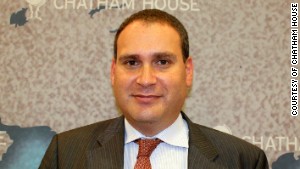
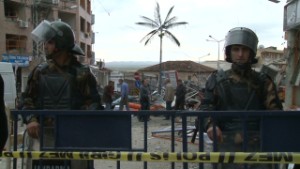


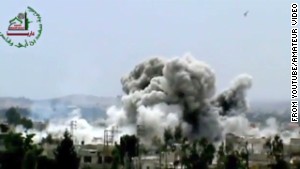
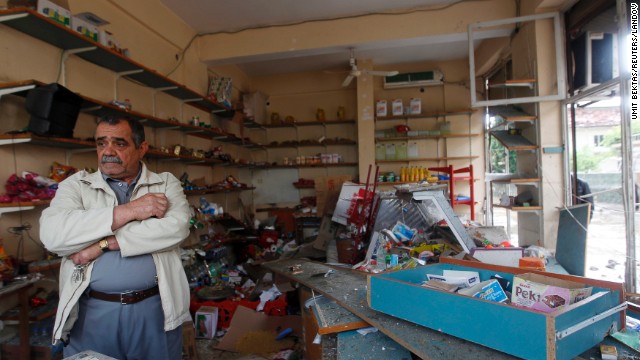
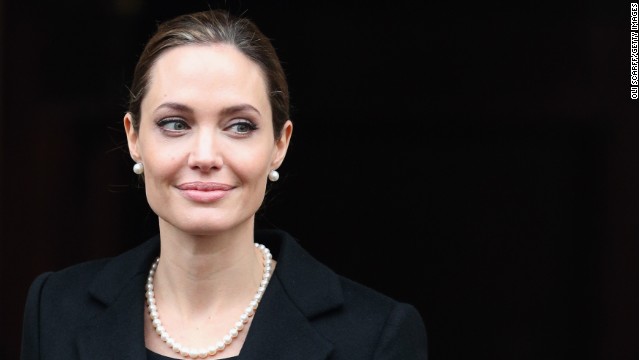

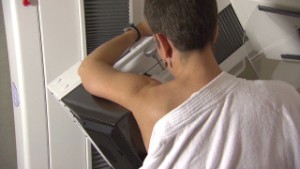
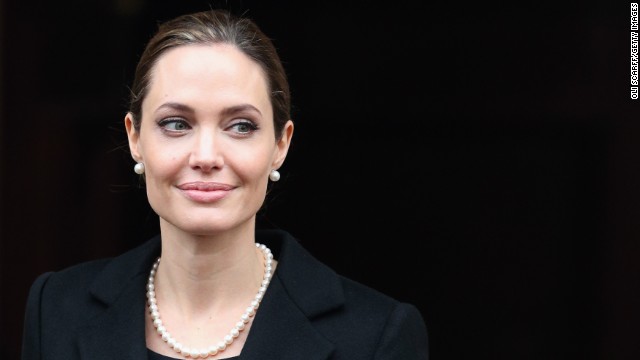
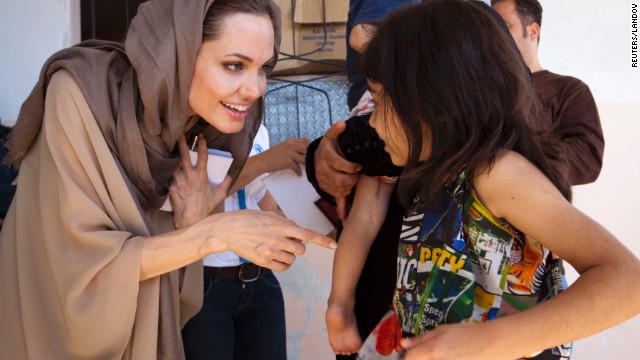
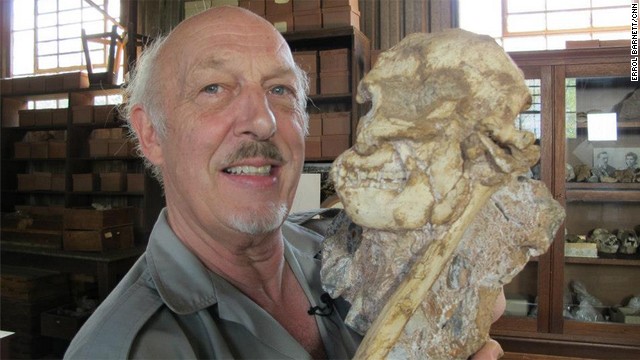 Professor Ron Clarke and his team
at Wits University, South Africa, excavated "Little Foot" -- an
"australopithecus" or kind of an ape-man that changed our understanding
of pre-human evolution.
Professor Ron Clarke and his team
at Wits University, South Africa, excavated "Little Foot" -- an
"australopithecus" or kind of an ape-man that changed our understanding
of pre-human evolution.
